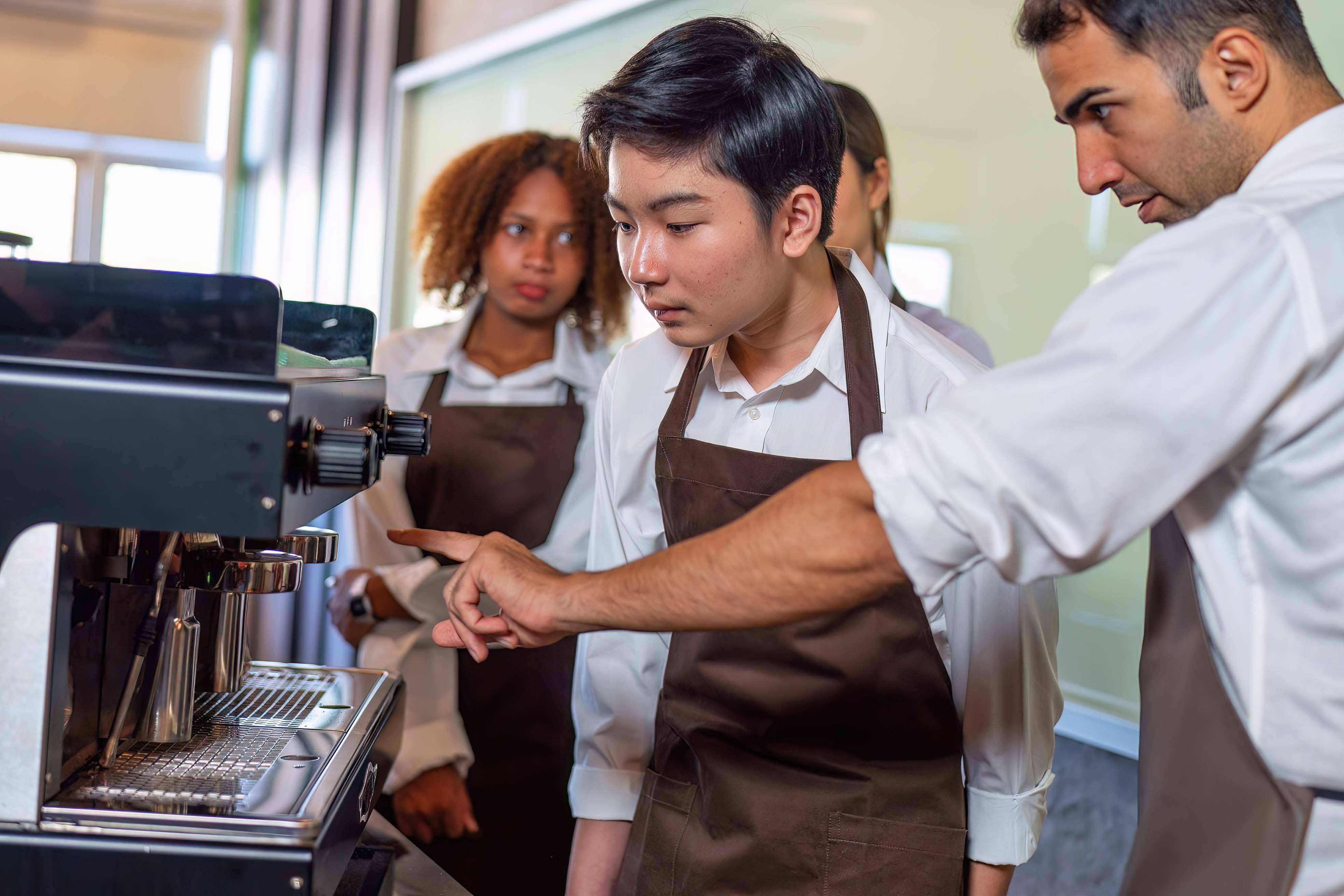The kitchen has always been the heart of any food establishment, but modern operations are moving far beyond fire and stainless steel. Today’s restaurant kitchens are becoming intelligent ecosystems that incorporate technology to improve speed, accuracy, cost control, and the overall guest experience. From real-time inventory tracking to AI-powered cooking assistants, smart kitchen solutions are reshaping how restaurants function.
This evolution is not just about having the latest gadgets—it's about using technology to solve practical problems. Labor shortages, supply chain inconsistencies, rising food costs, and changing customer expectations are all pushing restaurants to rethink their back-of-house strategy. Smart kitchen tech is helping bridge that gap by turning data into action and automating processes once managed by human instinct.
Inventory has long been a source of pain for restaurant operators. Manual tracking is time-consuming, prone to error, and reactive rather than predictive. Smart kitchen systems now offer real-time inventory tracking through integrated sensors and software platforms. A system like MarketMan automates inventory counts and syncs with POS data to adjust stock levels based on actual usage, not just assumptions.
This level of automation cuts waste, reduces over-ordering, and helps identify theft or loss. When synced with ordering systems, it can even generate purchase orders automatically, minimizing out-of-stock issues and the burden on staff.
Smart ovens, grills, and fryers are increasingly finding homes in professional kitchens. Equipment from brands like Alto-Shaam or RATIONAL can store recipes, monitor internal temperatures, and adjust cooking cycles on the fly. These systems take the guesswork out of meal preparation, allowing for consistency regardless of who's working the line.
For quick-service chains or high-volume locations, this technology translates into fewer training hours and more predictable food quality. Operators no longer have to rely solely on human memory or feel; machines do the heavy lifting without losing the art of great food.
Food safety is another area seeing major upgrades from smart tech. Wireless sensors from companies like Freshliance and SmartSense monitor temperatures in coolers, freezers, and prep areas. Instead of manual logbooks, these systems offer real-time alerts and audit trails accessible from any device.
This not only helps avoid costly spoilage but also provides protection during health inspections. With compliance rules getting tighter, particularly in urban areas and health-conscious markets, smart monitoring tools give operators peace of mind and documentation at their fingertips.
Modern kitchens generate a surprising amount of data—from cooking times and temperatures to waste and labor efficiency. When this data is captured and visualized, it can become a powerful tool for improving operations. Cloud-based dashboards from platforms like Kitchen CUT or CheddrSuite allow owners to view performance metrics across multiple locations, identify trends, and make informed decisions.
For instance, a coffee shop noticing increased waste on Mondays may rework staffing or prep schedules to reduce spoilage. A family-run diner might adjust pricing after spotting that certain ingredients have jumped in cost. When technology gives the full picture, even small operators can make choices with the precision of enterprise-level brands.

Training in hospitality is often fast, inconsistent, and difficult to replicate. Smart platforms such as 7shifts or Jolt are changing how restaurants approach onboarding and day-to-day staff operations. These tools centralize checklists, standard operating procedures, cleaning routines, and more in an app that employees can access on their phones or kitchen tablets.
The benefit? A more consistent guest experience and better accountability. Kitchen leads can assign tasks, confirm completions, and share updates in real time. For newer employees, training becomes interactive, repeatable, and integrated into their daily workflow.
Gone are the days of paper tickets and shouting over the line. Kitchen Display Systems (KDS) are digital screens that organize orders, track timing, and synchronize front-of-house and back-of-house communication. Providers like QSR Automations and Toast offer fully integrated solutions that tie into POS and online ordering platforms.
For eateries juggling dine-in, takeout, and third-party delivery orders, having an organized digital ticketing system avoids confusion, missed items, or bottlenecks. Smart Kitchen Display Systems also timestamp orders, track prep time, and can prioritize late orders automatically—keeping kitchens moving even during peak times.
Another practical benefit of smart kitchen tech is utility monitoring. Restaurants consume a lot of energy and water. Smart meters and connected appliances can track usage trends and flag inefficiencies. Brands like Melink and Powerhouse Dynamics provide solutions that help restaurants lower their utility bills and improve sustainability.
This is more than a cost-saver. As diners grow more conscious of how their meals are sourced and served, restaurants using energy-efficient solutions gain a competitive edge—especially when they can show the results on menus, websites, or in-store signage.
One hesitation restaurant owners often have is the perceived complexity of all these technologies. The good news is that many platforms now integrate smoothly with each other. For example, a POS like Square for Restaurants can sync with inventory, labor, and reporting tools. Modular systems make it possible to start small—perhaps with just a smart fryer or inventory platform—and build out from there.
Working with equipment suppliers or consulting teams who understand kitchen flow and digital infrastructure can also simplify integration. The key is starting with a clear operational need and finding the tech that solves it, rather than chasing trends without purpose.
Smart kitchen technology is no longer reserved for upscale dining rooms or national chains. From local bistros to fast-casual spots and independent coffee shops, technology is becoming a reliable teammate in the back-of-house. It helps staff work smarter, not harder—while reducing waste, boosting safety, and keeping costs in check.
As the pace of hospitality shifts, those who embrace innovation thoughtfully stand to gain the most. The tools are available, the integrations are getting smoother, and the payoff in time, money, and consistency can be significant. For restaurant owners navigating today’s challenges, the smart kitchen is more than a trend—it is a practical pathway forward.